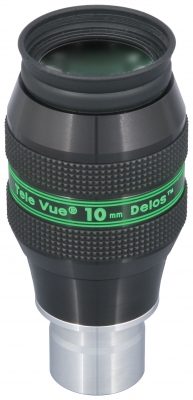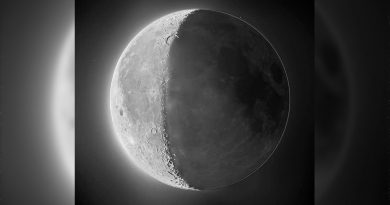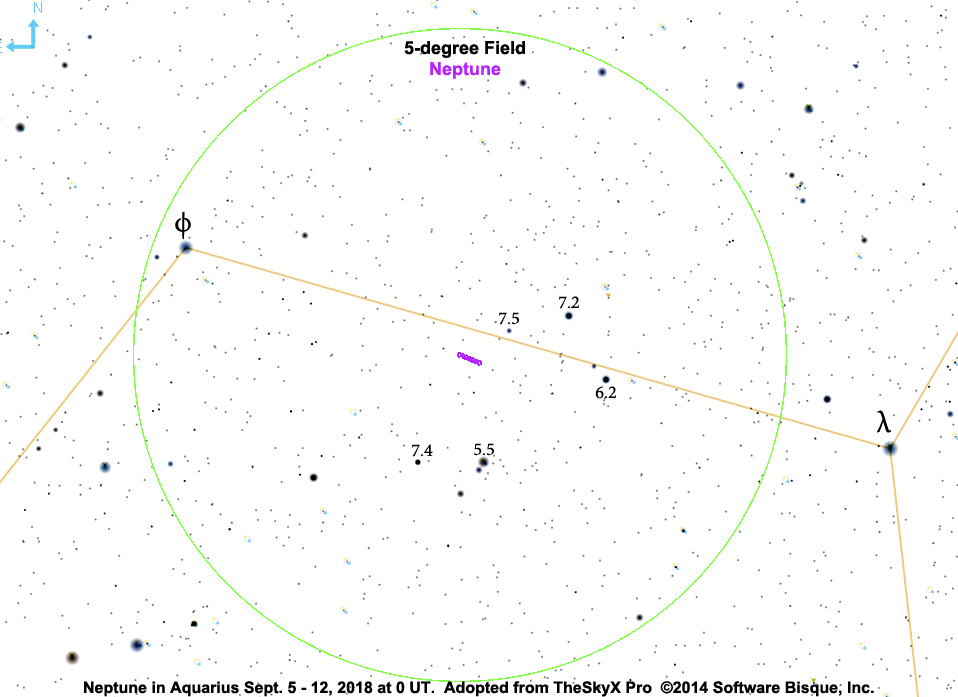Return to the Moon with Michel Deconinck
This year all eyes will turn to the Moon to mark the 50th Anniversary of the first Moon landing. The Moon is the natural first target for new amateur astronomers, yet all too often as observers become seasoned, the Moon becomes a nuisance that blots the stars from the sky. This week we explore the Moon through the eyes and talented hands of Michel Deconinck. As you will see, there is much to see in the monthly dance between shadow and light on the lunar surface.
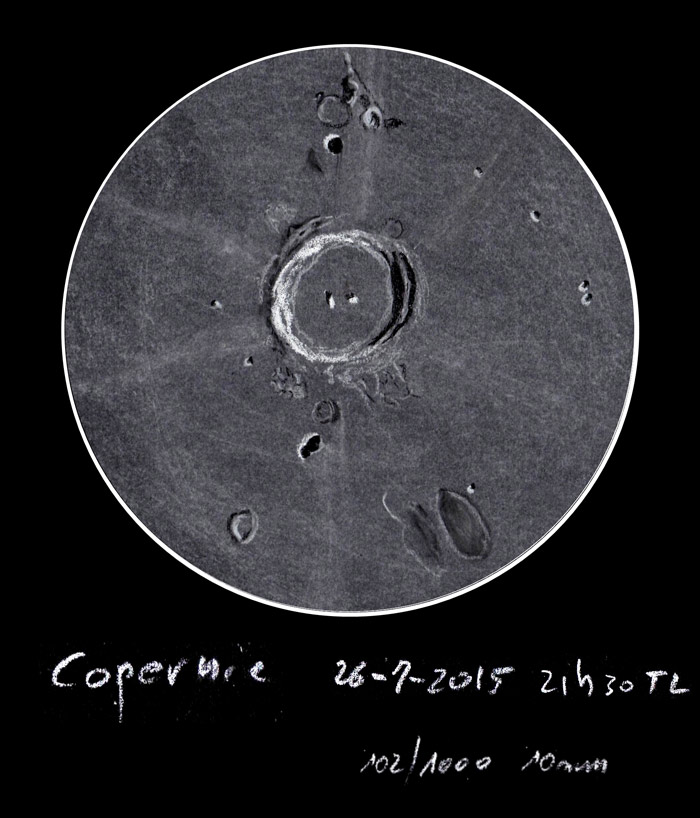
Michel Deconinck is an artist in the South of France with a passion for astronomical watercolors. He is very involved with the international astronomical community and his artistic works have been published in magazines, scientific journals, and displayed at conferences and school events. His artistry is augmented with a background in nuclear physics, engineering and astrophysics.
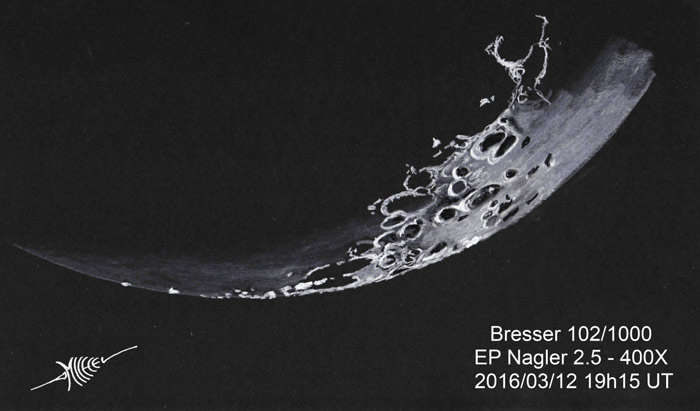
Michel works with a variety of telescopes including 4″ f/10 and 6″ f/8 refractors, 5″ binoculars, a 12″ f/5 Dob, and a 10″ Mewlon-250CRS corrected Dall-Kirkham reflector mounted in his observatory.
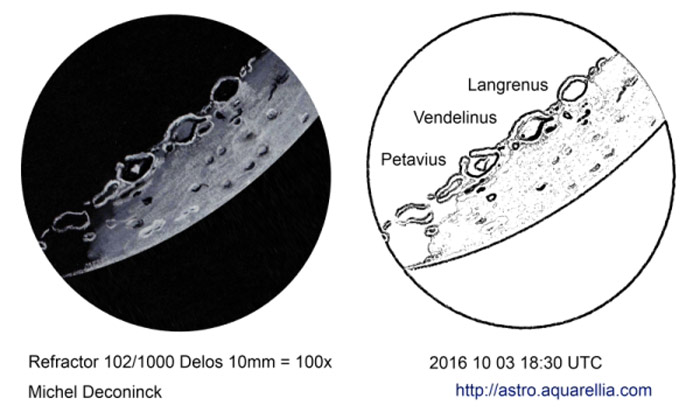
For a larger field on the Moon, with some of my slow scopes, I like the Delos 10mm: it does the job, perfect for contrast and very good quality near the field edge. I like to use it for DSOs or faint comets as well. With my Mewlon-250CRS it is a fantastic eyepiece.
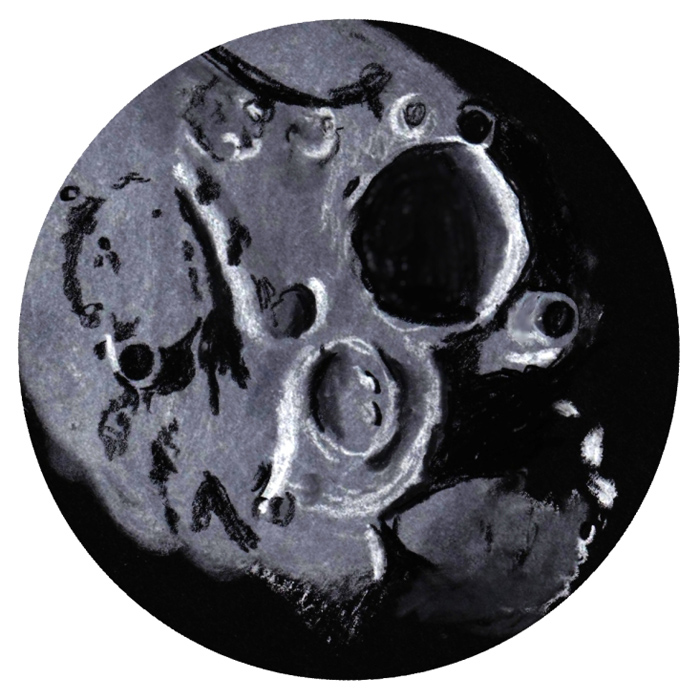
The Nagler 2.5mm is so good for sketching the moon, mainly because of the compromise between very important magnification and large field, however I use it only if the atmospheric quality is close to perfect.
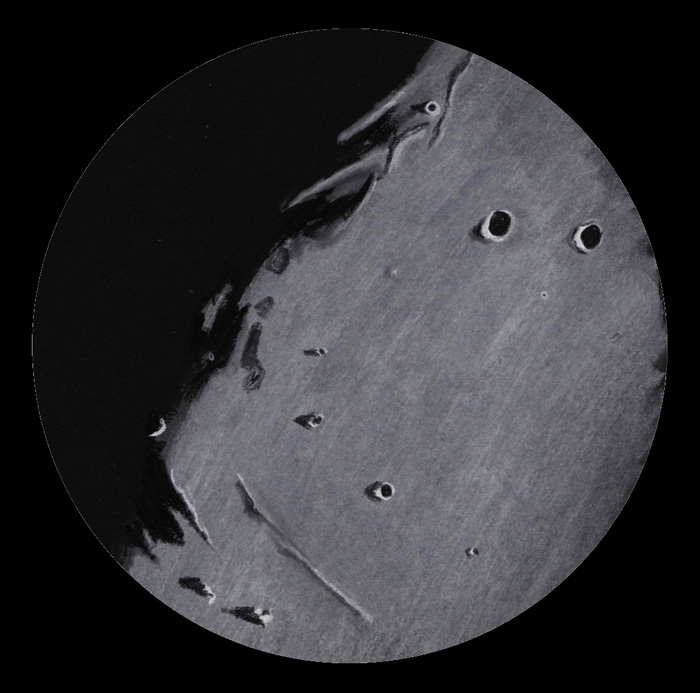
About eyepiece contrast quality: this is a very important feature for sketchers. With all Tele Vue eyepieces the contrast quality is always better than with any other eyepiece I have from different manufacturers.
Every Tele Vue eyepiece – not just a random sampling – is visually tested at f/4 to ensure you’re getting the full performance and quality we expect of the product. The finest performance requires the finest materials and manufacturing: at Tele Vue we ask “how can we make it better,” rather than “how can we make it cheaper.” Our decades-long relationships with our valued suppliers provides the continued consistency of quality across all our eyepiece lines and throughout their production life. We’re so confident in the stringent manufacturing of our eyepieces that we have no problem recommending matching pairs of the same eyepiece from different vintages for binocular viewing. We hope you’ll agree, like Michel, that the views are worth it. We stand behind our product with a Lifetime Limited Warranty to the original owner on all eyepiece, Barlow, and Powermate products. Read more on the Tele Vue difference on our website advice page (mobile site).

Michel grew up in Belgium and lived there with his wife Jannik. In 2005 they sold everything to embark on a five-year voyage on their sailboat Aquarellia. Seeing the night sky on clear, moonless nights, sparkling with innumerable stars, left an impression on them. At voyage-end, Michel and Jannik moved from Belgium to the south of France in search of clear astronomical skies. Together they run a bed and breakfast and arts workshops. “I’m now an art teacher and Jannik a scrapbooking team leader,” he tells us, “and now we set-up an original idea: the ‘Bed and Telescope’ to share with our guests the sky and the breakfast.” See the bottom of this post for more information on their endeavors and how to contact them.
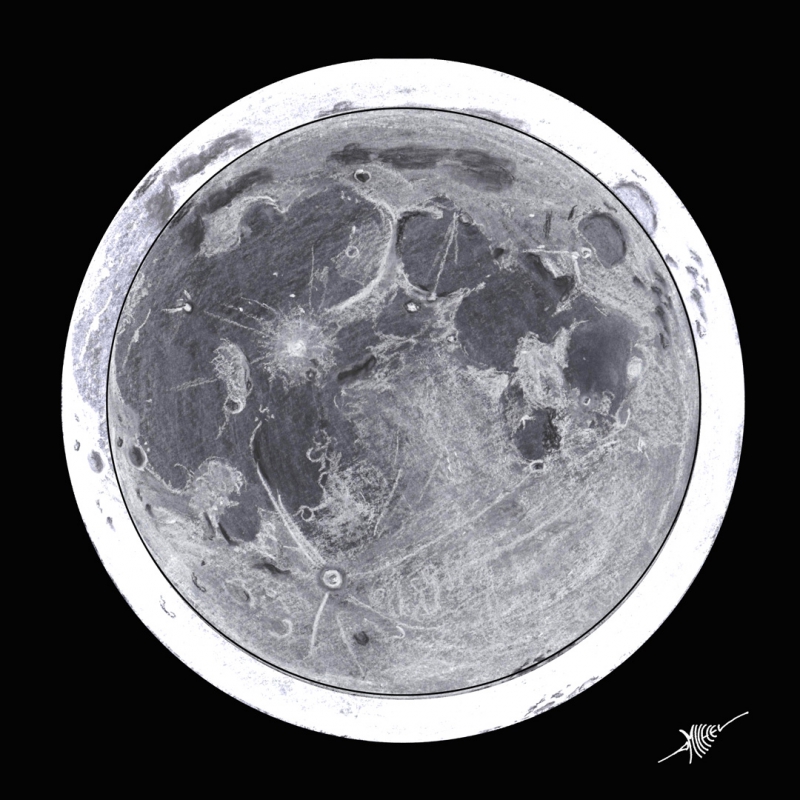
- Visit their website: http://www.aquarellia.com and click “Contact webmaster” to email Michel.
- Published paintings and sketches
- Bed & Breakfast and Artists Workshop
- Discover Astronomy
- Astronomy Workshop
- An earlier blog post we did on The Art of Sketching the Moon at the Eyepiece.
- Al Nagler’s blog post Observing the Moon includes Tele Vue equipment tips.
- Read Why Choose Tele Vue Eyepieces on our website (mobile site).
Did you observe, sketch, or image with Tele Vue gear? We’ll like your social media post on that if you tag it #televue and the gear used. Example:
#televue #tv85 #ethos #jupiter
Do you want your Tele Vue images re-posted on Tele Vue Optics’ Social Media accounts? Use this hashtag for consideration:

